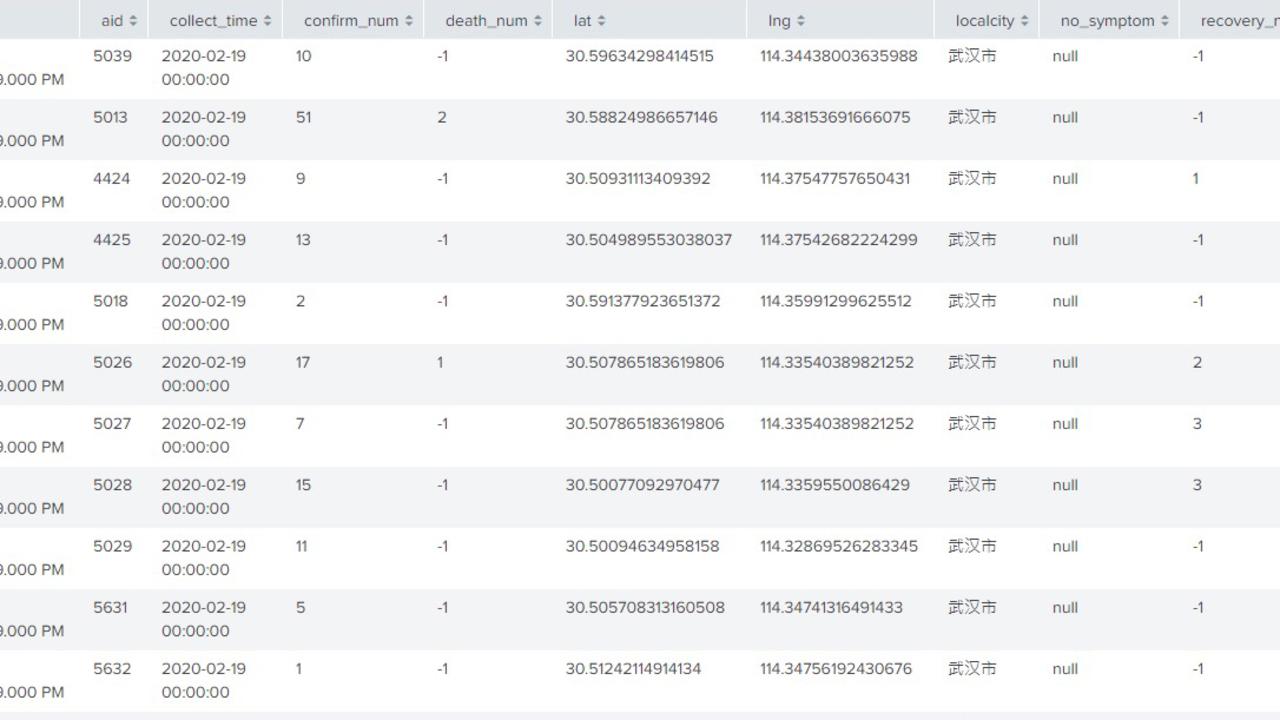COVID-19 case data allegedly hacked from China’s Wuhan lab suggests the number of cases has been under-reported.
Data includes areas where cases were not reported, according to an analysis.
The dataset, seen by The Weekend Australian, contains empty records for the period February 2-18, indicating records were not kept for that period or that data was deleted. The Australian reported on April 23 that data from the Wuhan Institute of Virology had been hacked.
Robert Potter, CEO and founder of online security firm Internet 2.0, then told The Australian: “I’ve had credible sources tell me that people have used the credentials that were leaked on Twitter and Facebook to access the lab.”
The original story reported Mr Potter citing the existence of nearly 25,000 email addresses and passwords dumped online belonging to the Wuhan labs, the WHO, the US National Institute of Health, Gates Foundation and other bodies.
Mr Potter’s sources have now revealed a database purportedly from the Wuhan Institute of Virology containing a daily record of coronavirus cases in apartment blocks in cities across China.
READ MORE: US Intel investigates virus links to lab accident | PM’s right to hold the line on lab ‘conspiracy’ | Trump’s ‘seen’ Wuhan lab evidence | Much evidence for Wuhan lab theory: Pompeo | All evidence points to Wuhan labs
Each record includes an ID, collection time, number of deaths and recoveries, the latitude and longitude of the building and locality. The dataset contains a series of records for each day from February 2 to April 22.

Mr Potter on Friday told The Weekend Australian his source had sent him photos of an authenticated login and visualisations of the data that gave him “high confidence” the records were legitimate. “It was highly unlikely that the data had been fabricated,” he said. “They appear to showcase tracking from what I think is probably a research project within the Wuhan lab working on coronavirus data.
“It’s not data of individual cases, it’s tracking buildings where there are confirmed or suspected (cases) or recoveries or people have died from coronavirus in those buildings. The metadata tab translated to English shows areas (that) correspond to apartment blocks a lot of the time.
“But I would also say that the data doesn’t appear to cover every case in China, but it covers different cases to what have been publicly reported.”
He said the records included cities that hadn’t appeared among publicly revealed cases. He found more cases from the northern city of Harbin than reported. There were cases in Inner Mongolia and Shanxi Province not found in public data. He had done comparisons with recently released information in China.
He said there were two possibilities for the blank records in early February, one being that data was uploaded in late February or data had been deleted because there “appears to be logs for those days … but they have no entries”.
“So it appears that there could be data from before that period that may have been deleted.
There seems to be a high sensitivity around data from that period.”
Records from the WHO indicate a WHO-China joint mission travelled to Wuhan around that time. The mission included experts from Canada, Germany, Japan, Nigeria, Republic of Korea, Russia, Singapore and the US. They went to Beijing, Wuhan and two other cities in that period from 16-24 February, says the WHO.
The resulting report recommended that uninfected countries prepare to immediately activate the highest level of emergency response mechanisms essential for an early containment of a COVID-19 outbreak.
Associate Professor Chris Balding, of Fulbright University, Vietnam, who also examined the data, said Mr Potter’s assessment was “absolutely accurate” in his assessment of the data.
“It seems to diverge significantly from official Chinese data,” he said. “It shows a higher dispersion of cases and a higher number of deaths than official data.”
Published in The Weekend Australian.
